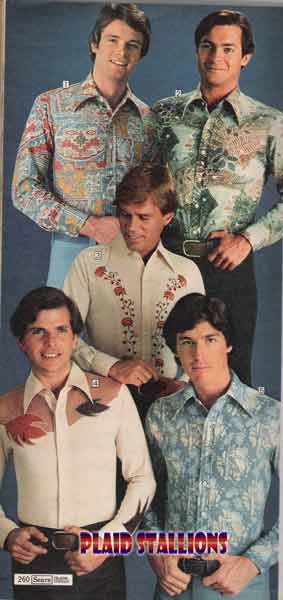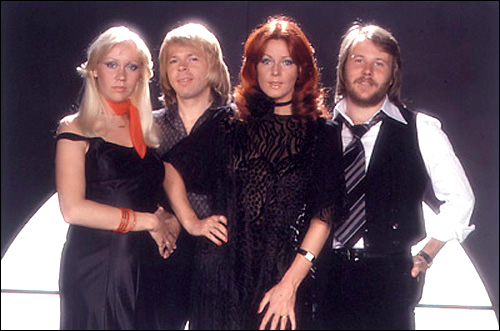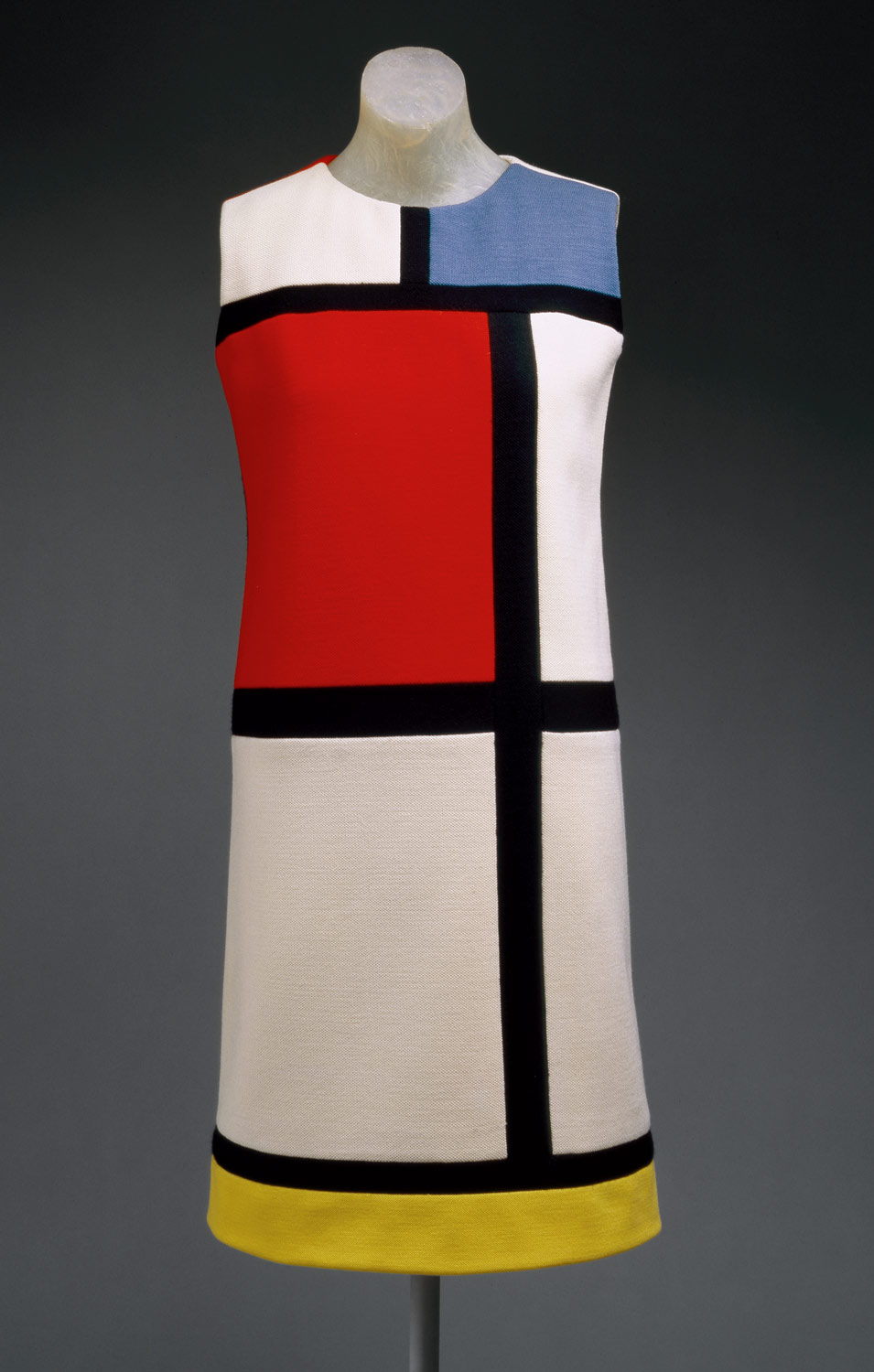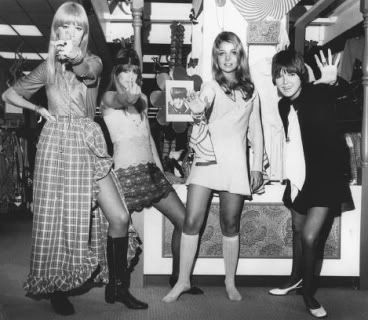Clothing of 1980s'
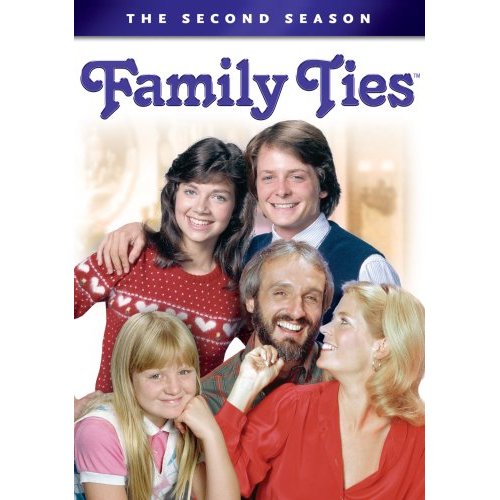
The 80s was the decade of excess. Everything was bigger, and everyone wanted more more more! More was better….wasn’t it? Shoulder pads were de riguer for both men and women, the more accessories the better. And hair; well, again BIG was IT! Before “Friends” ruled television, “The Cosby Show” and “Family Ties” gave us a reason to tune in on Thursday nights; Gary Coleman asked Willis what he was talking about and every girl wanted Don Johnson from Miami Vice (not to mention, every guy wanted his outfits). The video revolution changed everything as well. Coinciding with the new wave movement, music television and MTV added a whole new dimension to music as an artform. The visuals that these videos presented to their audiences was intoxicating and added to their mystery, rather than dispelling it. The fashion, the make-up, the narrative of videos made even the most insignificant of bands look larger-than-life and had the fashion world in a frenzy.
The 80s music scene instantly brings to mind the decade’s two icons: Michael Jackson and Madonna, the Material Girl. Jackson had nine No. 1 singles in the 80s which totalled 31 weeks at the top spot.
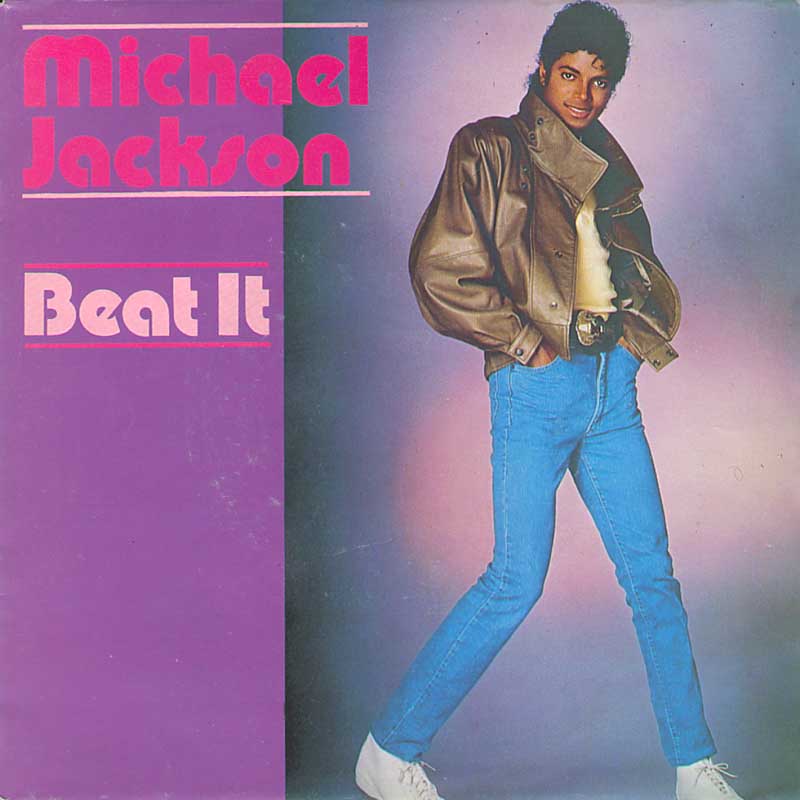

But Madonna’s wasn’t the only hairstyle that was copied. Hair styles of the 80s are the most diverse and humorous characteristics of this decade. In the early 80s, the New Romantic fashions kicked off the decade with great hair experimentation. For a while there seemed to be a competition to see who could build the tallest hair, have the strangest angles, or see much plastic, metal and mousse you could fit into your hair and still keep your head upright.
By 1984 the trends had settled and focused on one simple concept – volume. More hair was better. Bananarama had some of best examples of 80s hair, reflecting the fashions of the decade from cut style to volume. The ‘Hair Bands’ of the 1980s applied this style in a big way, strongest around 1987-88. Bands like Bon Jovi, Cinderella, Def Leppard and Poison truly epitomized the ‘bigger is better’ adage.

Asymmetrical haircuts were the most popular around 1985-1988. Hair was cut short beginning with the bangs and increasing in length around the head until it came to somewhat of a diagonal point on the other side. (See England’s popular band The Human League for a great example)

And who could forget the mullet? Guys the world round wore a similar style to the asymmetrical haircut, except that the top and sides were short (and usually cut around the ears), then dropped off in the back to a longer ’shag’ style.
In or around 1984, guys discovered the parachute pant. Parachute pants were fairly tight nylon pants with zippered patch pockets, the usual 2 front + 2 back, plus one or two on each leg with zippered ankles. Rapper MC Hammer took this pants style to the extreme with his loose, long crotch, and ultra baggy pants in a wild range of materials and colors. Like the popular harem pants, Hammer pants were worn by few but admired by many.

By 1987 both sexes were wearing the all important acid washed jeans and if you were truly fashionable, you also had an acid washed denim jacket that matched said jeans. While blue was the most popular color of acid wash, in the late 80s denim manufacturers also experimented with red styles and black (black and gold acid wash was truly jaw dropping!)
More on 80s Music
New Wave’s older siblings, Punk and Power Pop, surfaced during the latter half of the 70’s and helped ignite what was to become one of the biggest musical explosions of the last 25 years, certainly in terms of creativity and diversity. Disco and early electropop pioneers made their mark on new wave as well. While disco revolutionized dance music, widespread backlash forced it into the underground by the dawn of the eighties, leaving New Wave to keep dance music afloat and the airwaves and club scene bristling with unheard of energy.
New wave proved to be breathtaking in its scope – at the core of most new wave was an infectious dance beat and energy galore. Mainstream artists like Joe Jackson, and even David Bowie and The Kinks brushed the fringes of this musical tapestry. Similar in style (and confusing to some) were the Synthpop groups i.e. Depeche Mode, Human League, Soft Cell; and the New Romantics, Ultravox, Adam Ant, Spandau Ballet. New romanticism, however, never managed much of an impression in the US; it remained very much a European (and Canadian) movement. Despite the general inadequacy of pigeonholing, there were the other requisite, defining styles from the era: Goth (Siouxsie & The Banshees, The Cure), Ska/post punk (Madness, The English Beat), Rockabilly (Dave Edmunds, Stray Cats, The Cramps), and Power Pop (The Vapors, The Producers). And that’s only scratching the surface.
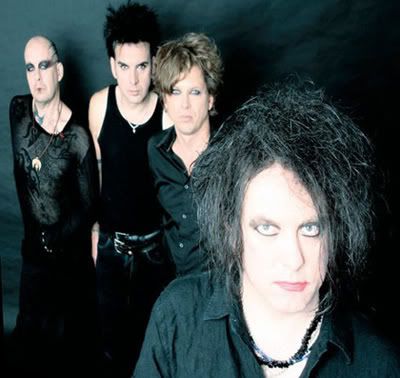
Australia enjoyed a brief and lively renaissance (at least from an American perspective) ushered in by Men At Work in ‘82, who made it clear to the world in their homeland homage “Down Under.” INXS broke through this very same year and maintained a huge following worldwide until the unfortunate death of Michael Hutchence in the 90s. Many Aussie popular artists made the big jump across the pond including Split Enz, Midnight Oil, Icehouse, Divinyls, and Crowded House.


Speaking of shoes, while some women wore the highest heels possible (and in the loudest colors available such as hot pink, purple and teal) others were rebelling and wanted flat, comfy shoes. Jelly shoes were born. The best part though was how cheap jellies were! Your local Kmart or Walmart had them for as low as $4.00 and $5.00 a pair!
More 80’s info
Like Totally 80’s
80’s icon
Madonna
Blondie
The Police
Poison
Bananrama
The Bangles









